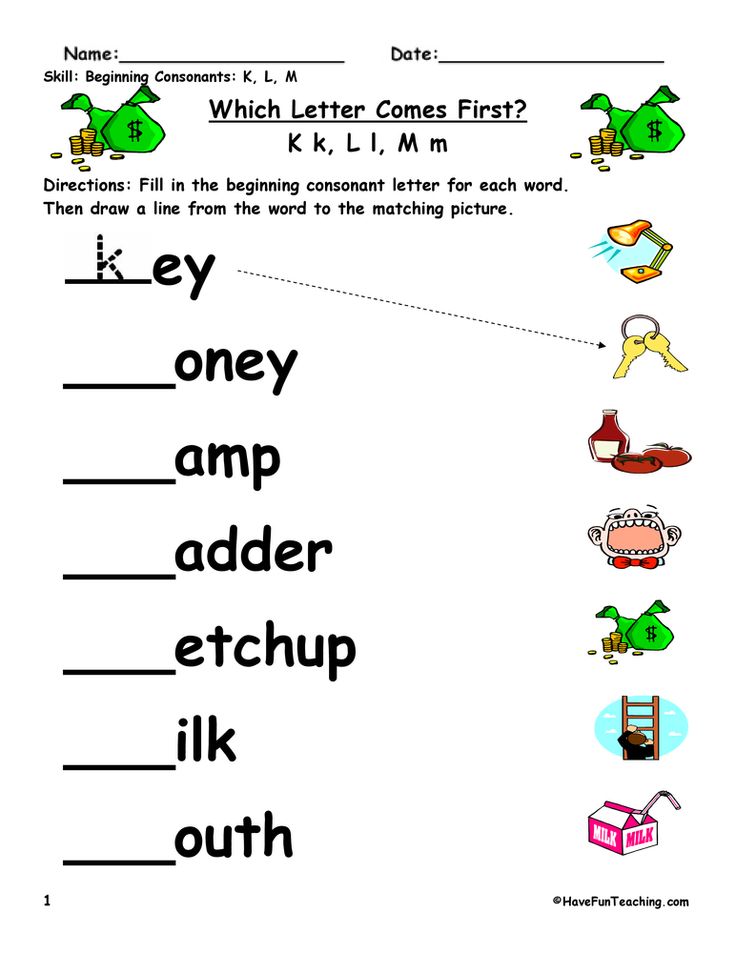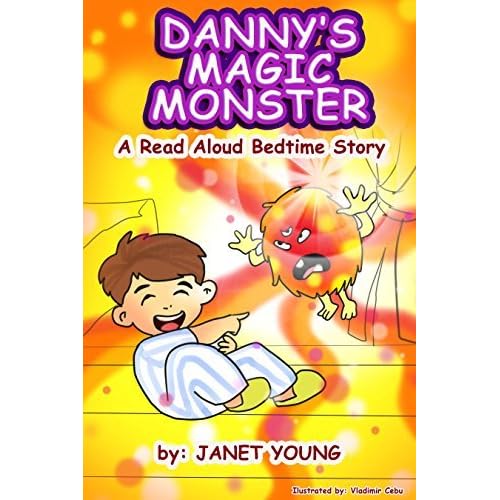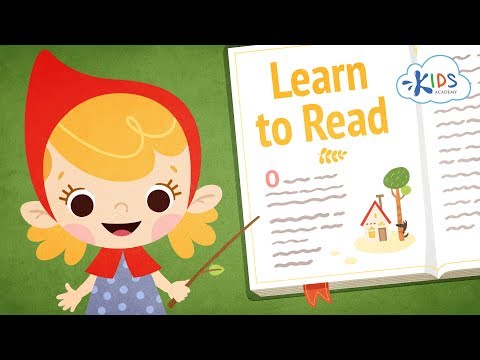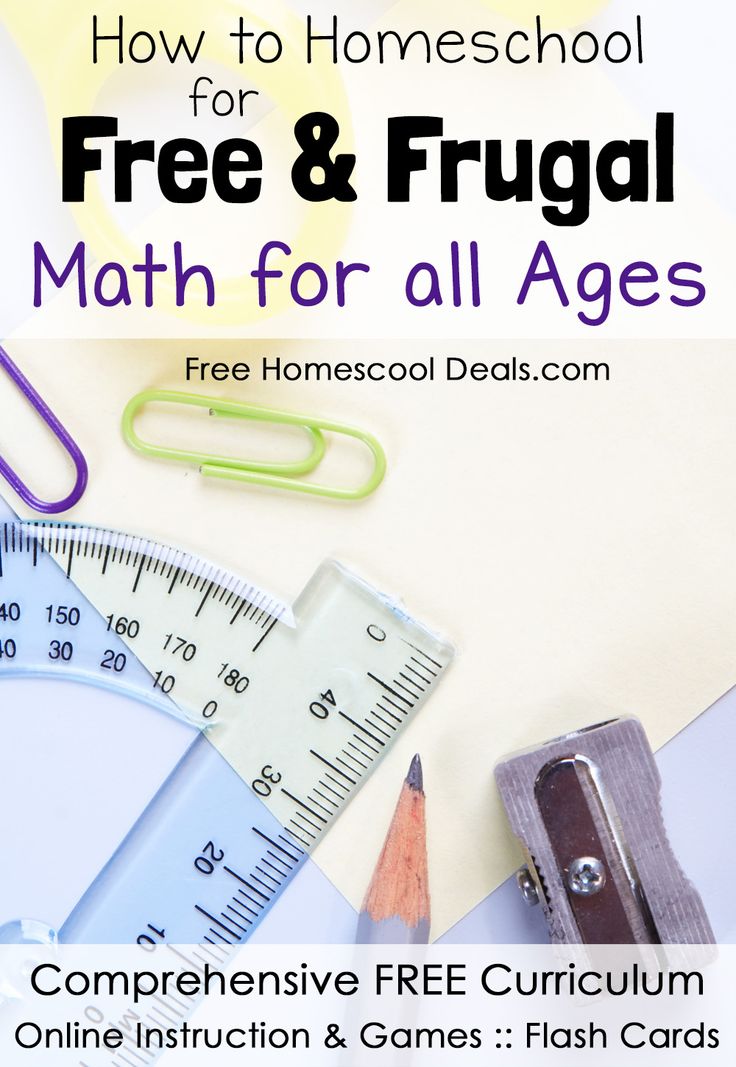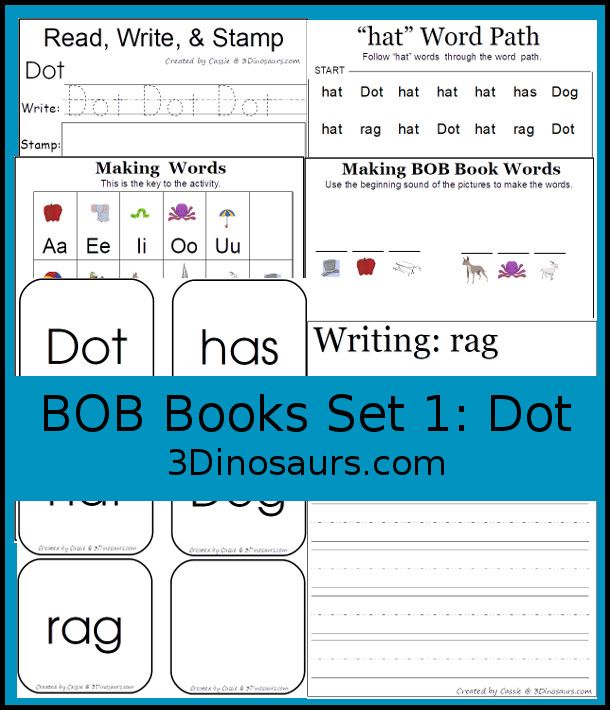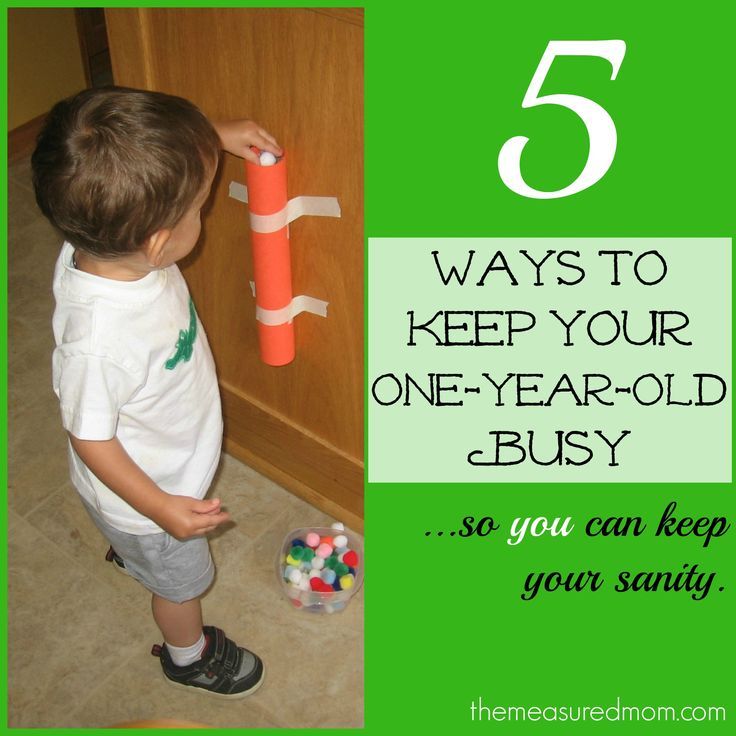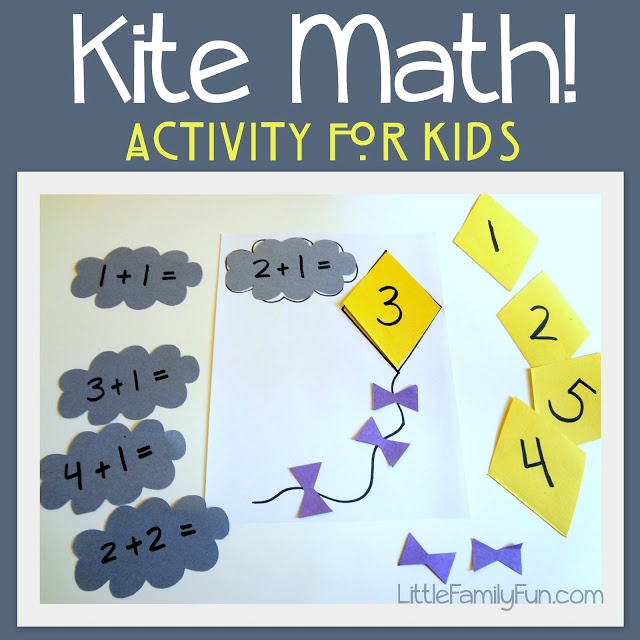Teach beginning reading
25 Effective Ways to Teach Reading to Beginners
The Butterfly Teacher is thrilled to welcome guest writer Sophia Sanchez, an ESL instructor who has extensive knowledge about language development. In this post, she shares 25 practical and effective ways to teach reading to beginners. Get your pen and paper ready…there are tons of teaching tips below!
*This post contains affiliate links to Amazon for your convenience. As an Amazon Associate, I earn from qualifying purchases, which do not cost any extra for you. Please see the full disclosure here.*
How Do You Teach Reading Effectively?
Reading is a complex exercise.
We have to teach kids to read the written word and to build vocabulary simultaneously.
On top of all this, as students grow, they need to master more complex reading skills, such as inferencing.
So what are the best reading strategies that teachers and parents need to teach? And HOW do you teach them?
To best answer these questions, you must approach reading instruction based on your students/child’s developmental level:
- Early / Beginning Reader
- Emergent Reader
- Advanced Reader
You will be able to teach reading more effectively when you recognize the strengths and weaknesses of each developmental level and cater to those.
Tanya–The Butterfly Teacher, shares reading comprehension teaching tips for advanced readers, so in this post, I will share tips for early and beginning readers.
Let’s jump right in!
Vocabulary-Building Strategies for Early Readers
A highly effective way to teach reading to beginners is to help them build extensive background knowledge and vocabulary skills.
As you teach early readers more vocabulary, make sure the learning is playful, because most kids learn best via play!
- 1–Build Their Oral Vocabulary Through Conversation:
Encourage children to frequently interact verbally with you and others. More conversation will build on the vocabulary they may already know. - 2–Combine Pictures with Vocabulary Words & Actions:
For example, put up a poster outside your class with signage for shaking hands, hugging, greeting with a bow/folded hands, or just smiling, and get the kids to point at how they want to be greeted.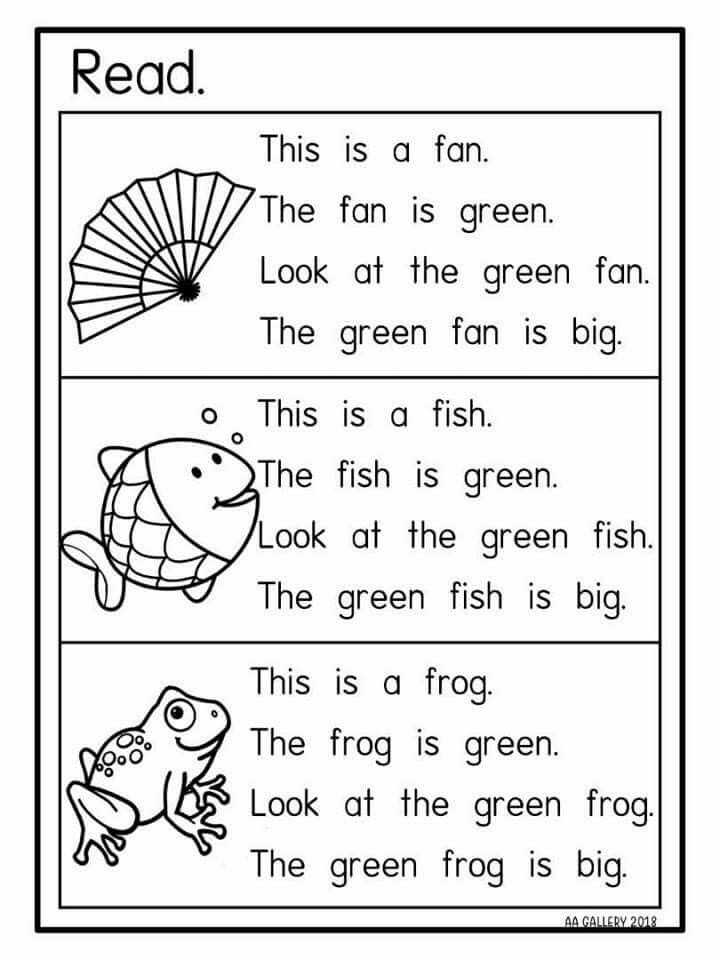 Encourage the kids to say the words aloud and then act them out.
Encourage the kids to say the words aloud and then act them out. - 3–Play Games to Identify Everyday Items:
Boring teaching will make reading seem like a chore! Make learning to read more fun with games that help children build vocabulary.As children grow more proficient and confident pronouncing words for things like vegetables, fruits, simple objects, colors, plants, actions such as mowing, sweeping, washing, drying, etc.–they are forming the building blocks for strong reading fluency.
Simple Ways to Teach Pre-Literacy Skills
The vocabulary word building tips from above help beginning readers develop more background knowledge that influences their reading.
Here are simple but effective ways to teach reading to beginners who need more pre-literacy skills.
- 4–Introduce Kids to Books With No Text:
A few of my favorite examples for beginning readers are:
Free Fall by David Weisner,
Up and Up by Shirley Hughes,
and Noah’s Ark by Peter Spier.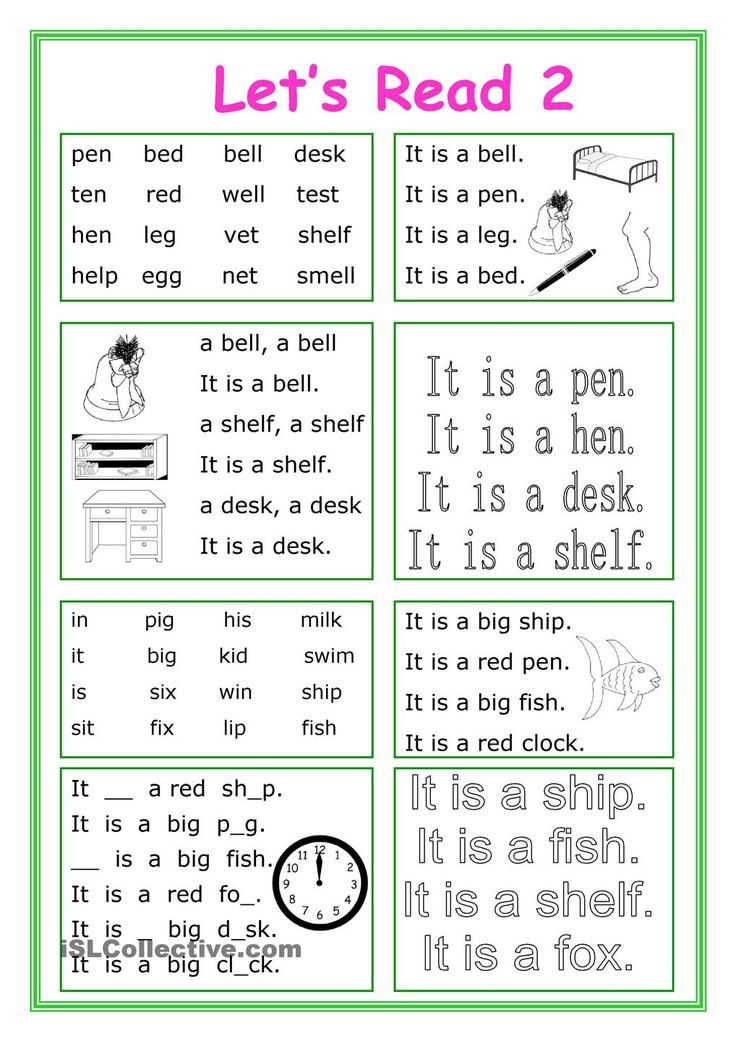
As you share these picture books, let each child “read it” on their own, say the story out loud for others, or even interpret a page in their own words to develop pre-literacy skills.
- 5–Start a Story Prompt:
Use flash cards or picture books to begin a make-believe story. Then allow your students/kids to create the next part or line of the story you’ve started. This helps them build the foundation for sequencing in reading.
- 6–Read Simple Rebus Readers:
These fun books help beginning readers answer your story prompts, identify sight words, and build vocabulary–which are all important pre-literacy skills.
What is the Main Difference Between Alphabetic Principle & Phonemic Awareness?
Let’s pause here to quickly dive into an important topic that relates to beginning readers.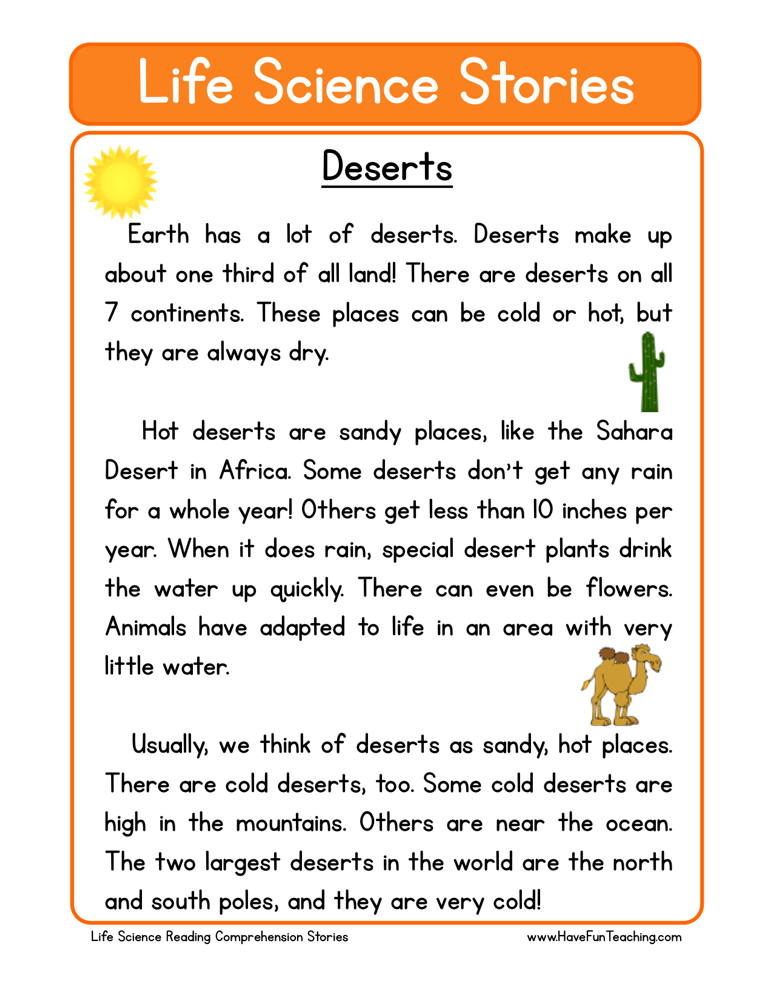
Alphabetic understanding vs. letter-sound relationships!
What in the world is alphabetic principle and how is it different from phonemic awareness?
Many people use the words “alphabetic principle” interchangeably with “phonics.” It relates to letter-symbol relationships and spoken words.
Phonemic awareness involves breaking word parts down to isolate and identify specific sounds or phonemes.
To effectively teach reading to beginners, parents and teachers must use different teaching strategies for these two reading skills!
Let’s continue with specific examples
Easy Ways to Teach Alphabetic Principle
- 7–Introduce Single Letters and Their Sound:
English is not a phonetic language, but language learning is a lot about listening and ears like sounds. Confusion can set in but reducing pace and increasing fun games for practice can help.
- 8–Get Kids to Say Words Which Start With That Sound:
This can be combined with the same teaching strategies that you use to teach vocabulary words.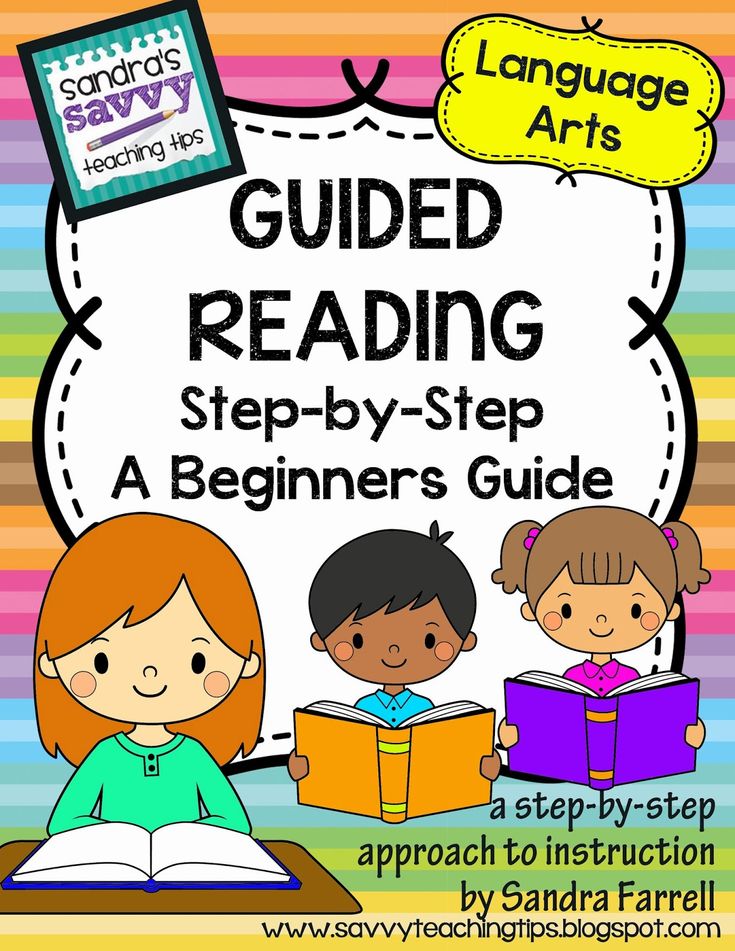 Put pictures with words next to everyday items. Emphasize the sound that initial letter makes.
Put pictures with words next to everyday items. Emphasize the sound that initial letter makes. - 9–Give Sounds for Single Vowels:
Like ‘e’ for egg - 10–Give Sounds for Single Consonants:
Like ‘h’ for hut
- 11–Do Kinesthetic & Tactile Activities to Learn Letters:
Write letters in the sand or in shaving cream. Use magnetic letters, ropes, and other items that beginning readers can touch as a fun way to build letter recognition. - 12–Identify Letters among other letters (like a design:)
Before kids can identify letters as letters, they can play at spotting them. E.g Write ‘egg’ on the board with space in between. Now hold up the letter ‘e’ and ask the kids to spot it in what’s written.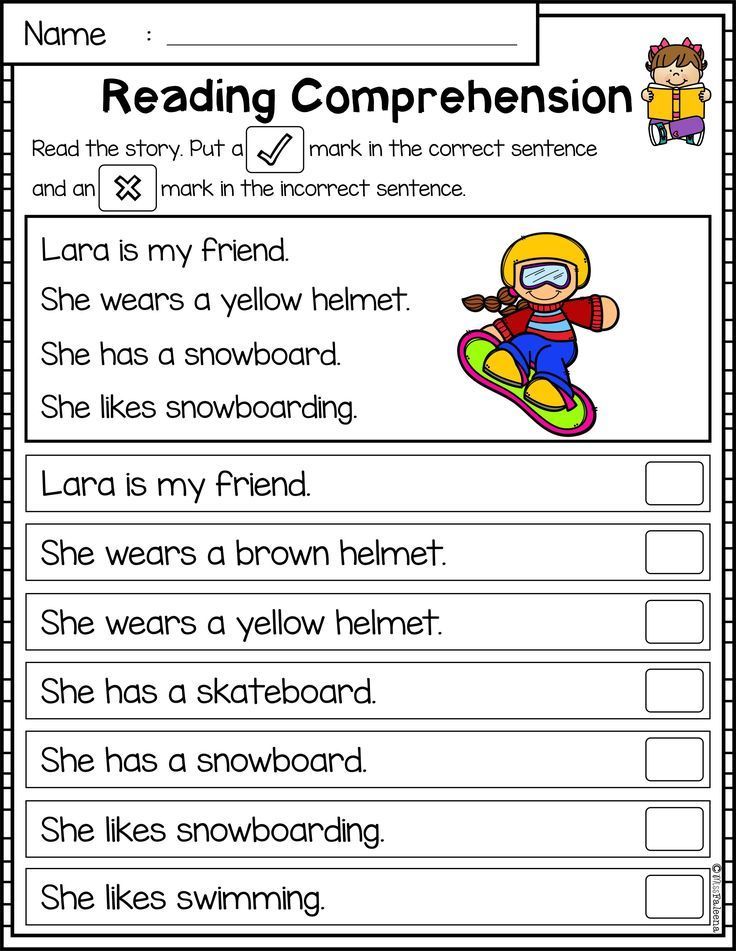 Add more words on the board which include ‘e’, and ask them to spot all the occurrences.
Add more words on the board which include ‘e’, and ask them to spot all the occurrences. - 13–Complete Letter Crafts Decorating Objects Which Start With That Letter
Ideas for Helping Beginning Readers Build Phonological Awareness
- 14–Play Phonological Awareness Games:
Pair your students in two teams. One team will say words and the other team has to say a word with the sound it ends onFor example: one team may say the word “red.” The other team will need to say a word like “dog” since the word red ends with “d.”
This type of game can be difficult for some kids, so feel free to modify it with flashcards, pictures, or other ways to assist kids. If it’s too frustrating for them, they will not feel confident to play, which will lead to possible tantrums.
- 15–Get Kids to Call Out Rhyming Words With You
- 16–Form Various Words With The Same Set of Sounds
- 17–Play Rhyming Games With Nonsense Words:
Kids love gibberish! Plus, using nonsense words heightens their awareness of word sounds and word parts.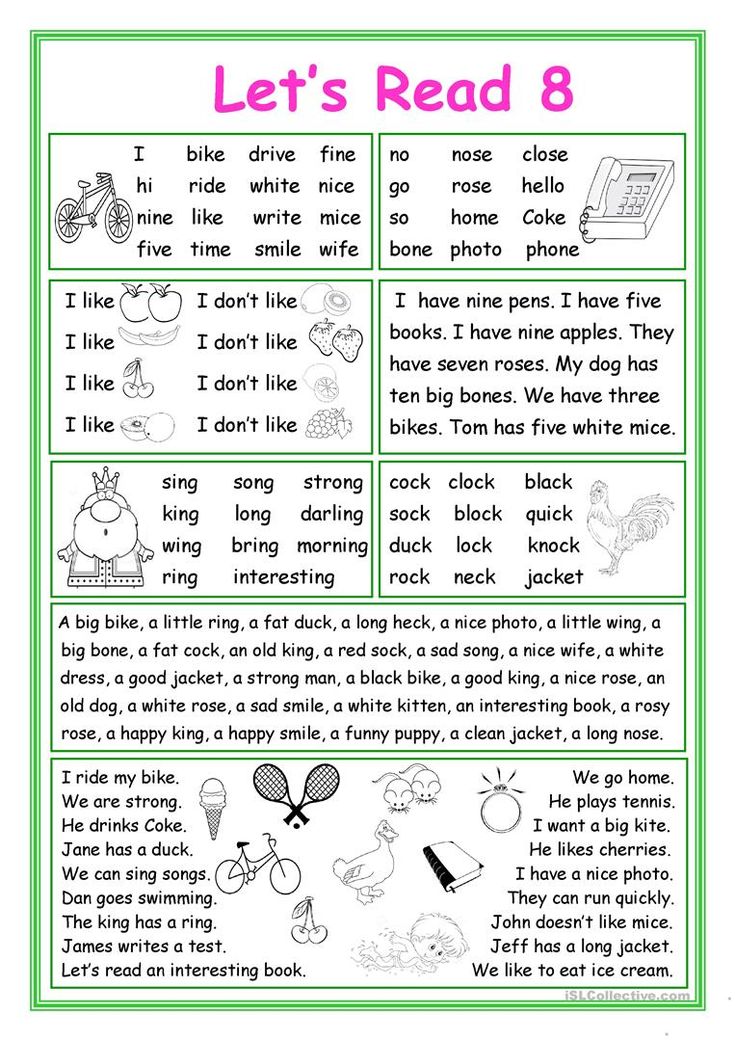
- 18–Try basic tongue twisters: (you will have kids rolling in laughter!)
She sells sea shells on the sea shore, but the shells she sells are not the real sea shells’. It’s better to start with the first four words, and slowly add the rest meaningfully in steps, or it might turn into a gibberish spewing noisy classroom!
More Effective Ways to Teach Reading to Beginners
As your children/ students advance through pre-literacy skills, alphabetic principle, and phonemic awareness activities, you can effectively teach them more foundational reading strategies like the ones in this section.
- 19–Start Small with Sight Words
- 20–Enjoy the rebus world of words:
Show an image and look at the word. These readers really help kids build nonfiction reading skills too!
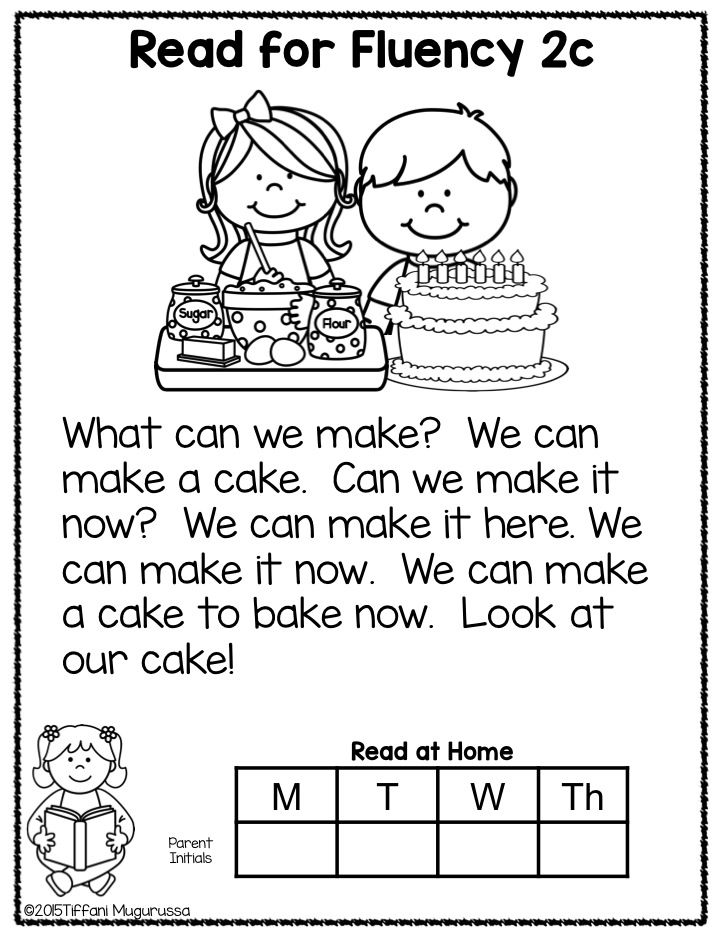 Click HERE for the image to learn more.
Click HERE for the image to learn more. (Amazon affiliate link)
- 21–Use a picture and break what it’s called into sounds/phonemes (for starters, use easily identified animals like cat, bat, etc.) Sounds outnumber the letters in the alphabet, so practice-practice-practice
- 22–Work with small words with fewer sounds and then go to longer words
- 23–Play games to change the order to form new words (do build gibberish words, don’t be afraid)
- 24–Introduce syllabification if your class is ready
- 25–Introduce onomatopoeia – words that mimic the sound of the object
What’s the Absolute Best Way to Teach Children to Read?
Kids learn at their own pace.
As no two kids are alike, teachers really have to individually nurture each child on their reading journey. So there’s no ONE absolute best way to teach reading to every single child.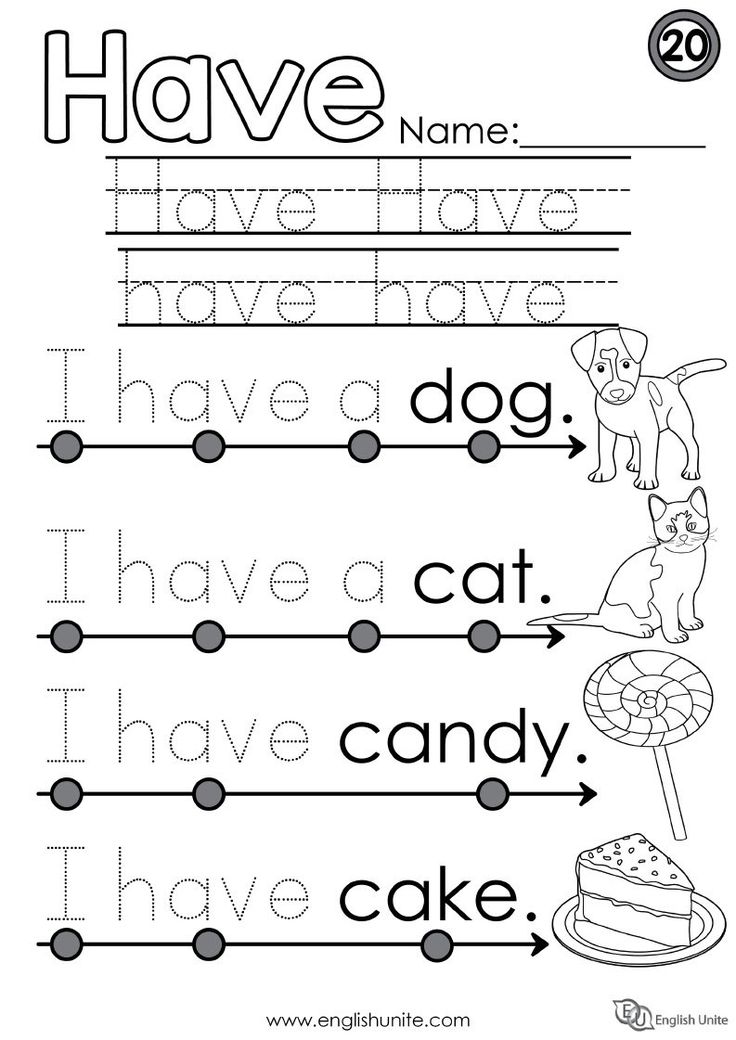
This post features lots of effective ways to teach reading to beginners so that you have more than one strategy to try.
Here Are More Helpful Posts on Reading Instruction For You:- The Best Free Literacy Apps
- 11 Children’s Books Written by Celebrities
- Using Life Lessons to Teach Children’s Literature
- Books that Teach Socio-Emotional Skills
Here’s hoping for wonderful journeys in the world of reading!
Author Bio: Sophia is a newbie online ESL/EFL instructor. She is a passionate educator and blogs about education on her personal blog. She found her true calling — teaching — while she was juggling writing and a 9-5 desk job.
How to Read with a Beginning Reader
By: Joanne Meier
Most beginning readers are inconsistent. Learn more about the characteristics of a beginning reader and simple techniques and tips to nurture your child's skills and joy in reading.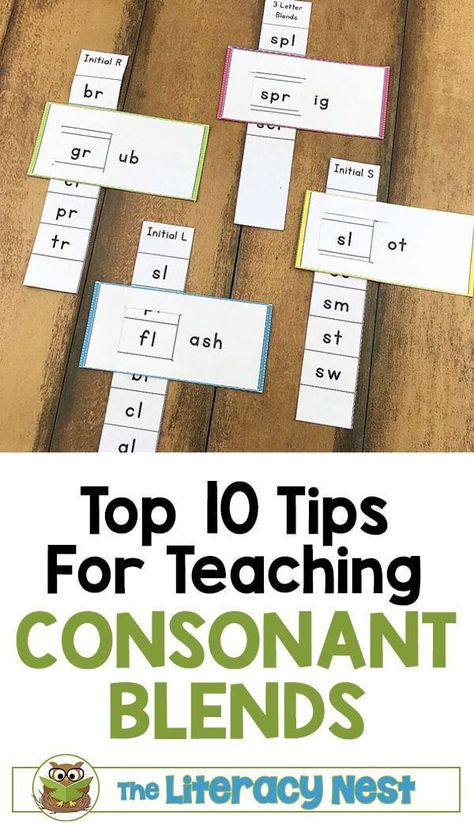
Sometimes parents of beginning readers wonder if their child is on track with reading. They don't understand why their child can't read a word today they were able to read yesterday. They think their child reads too slowly. They grumble that their child only wants to read the same book over and over again.
Most beginning readers are inconsistent. They may know a word one day but not the next. They may read a particular word correctly on one page, but they have to stop and sound it out again on the next page. When you listen to a beginning reader, you hear short, choppy words with little attention to punctuation. Sometimes a new reader can tell you very little about what they just read.
At the beginning stage of reading, all of these reading behaviors are to be expected. Beginning readers are building their fluency. This means they're working to make several skills, like matching a letter to a sound and decoding, more smooth, accurate and automatic. Without fluency, each word must be decoded, and that takes time and energy.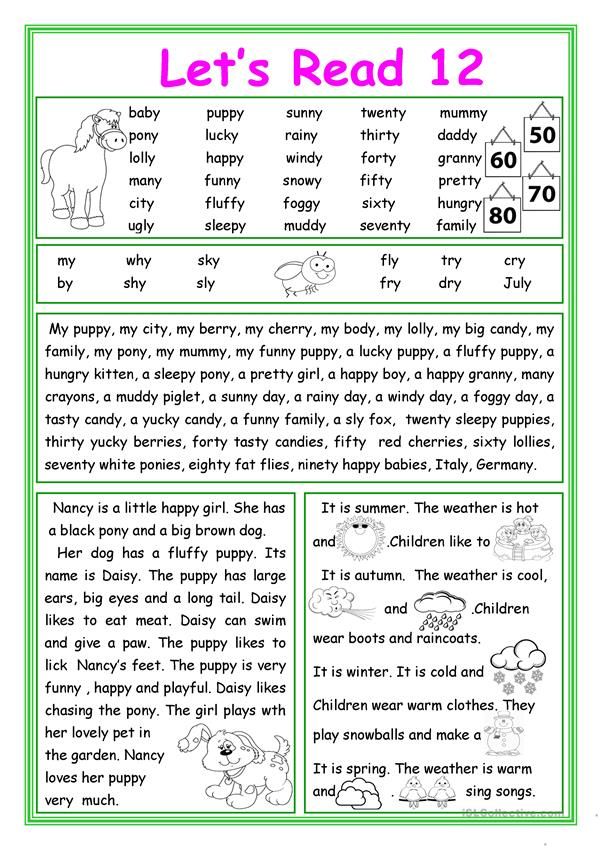 This means that other reading behaviors like reading with expression and comprehension have less of a focus.
This means that other reading behaviors like reading with expression and comprehension have less of a focus.
When reading with a beginning reader, it's important to do the following:
- Give them time to read. Reading is a skill, and like many other skills, it takes time to develop. A beginning reader should spend at least 20 minutes a day reading to or with someone. The books read during this time should be relatively easy for your child.
- Let them reread the same books. Rereading the same words over and over again helps build fluency. Over time, you'll notice that your child will stop less often to decode words.
- Encourage attention to the print. If your child is stuck on a word, help him look at the first letter(s) and encourage him to sound it out. If it's a difficult word, or one that can't be sounded out, simply supply the word and continue reading.
- Take turns reading. By listening to your fluent reading, your child will hear what good readers sound like.
 After you've read a short passage, ask your child to reread the same passage. This provides a chance for her to practice reading with expression.
After you've read a short passage, ask your child to reread the same passage. This provides a chance for her to practice reading with expression. - Have realistic expectations. For example, students should be reading approximately 60 words per minute correctly by the end of first grade, and 90-100 words per minute correctly by the end of second grade. Your child's teacher can help you learn your child's reading rate.
It's important to nurture your beginning reader in a way that helps make reading a daily habit and a lifelong love. By being aware of what's normal for a beginning reader, and by knowing how to help them progress, you're sure to instill those qualities in your reader.
Joanne Meier (2009)
Reprints
You are welcome to print copies or republish materials for non-commercial use as long as credit is given to Reading Rockets and the author(s). For commercial use, please contact [email protected]
Related Topics
Children’s Books
Reading Aloud
New and Popular
100 Children’s Authors and Illustrators Everyone Should Know
A New Model for Teaching High-Frequency Words
7 Great Ways to Encourage Your Child's Writing
All Kinds of Readers: A Guide to Creating Inclusive Literacy Celebrations for Kids with Learning and Attention Issues
Screening, Diagnosing, and Progress Monitoring for Fluency: The Details
Phonemic Activities for the Preschool or Elementary Classroom
Our Literacy Blogs
Phonics and Flexibility — Can They Really Go Together?
Kids and educational media
Meet Ali Kamanda and Jorge Redmond, authors of Black Boy, Black Boy: Celebrating the Power of You
Get Widget |
Subscribe
methods of teaching reading to the first grade
When to teach a child to read
There are early development studios where children are taught to read from the first years of life.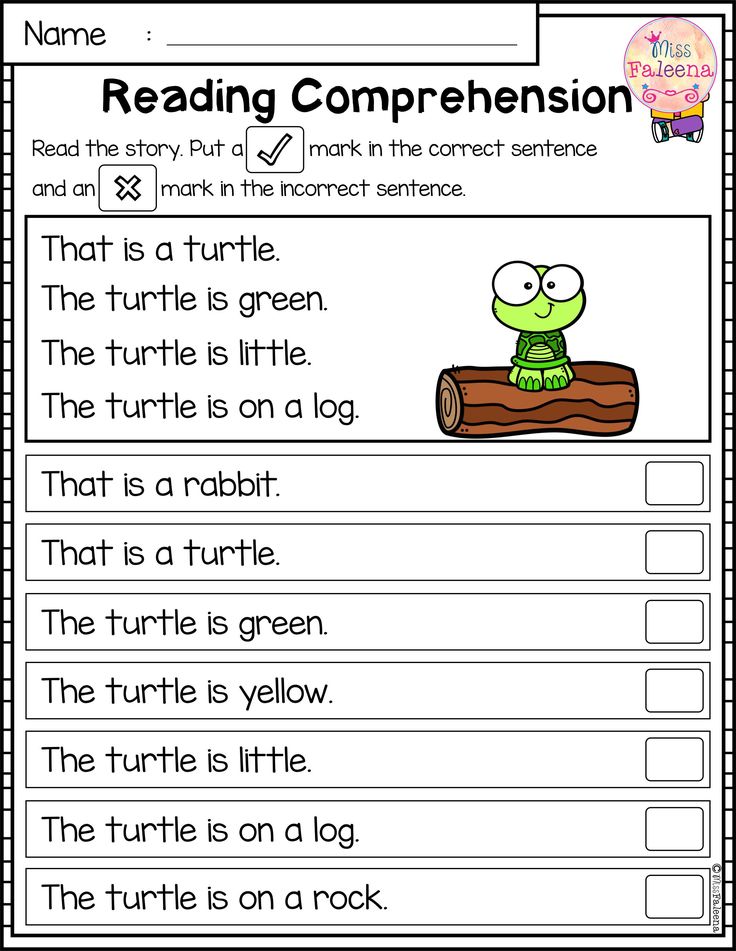 However, pediatricians do not recommend rushing and advise starting learning to read no earlier than 4 years old, best of all - at 5–6. By this age, most children already distinguish sounds well, can correctly compose sentences and pronounce words. Therefore, most often parents think about how to teach their child to read, already on the eve of school.
However, pediatricians do not recommend rushing and advise starting learning to read no earlier than 4 years old, best of all - at 5–6. By this age, most children already distinguish sounds well, can correctly compose sentences and pronounce words. Therefore, most often parents think about how to teach their child to read, already on the eve of school.
How to know if your child is ready to learn to read
Before you start teaching your child to read, you need to make sure that the child is ready and wants to learn. To do this, try to answer the following questions:
- Does the child know the concepts of “right-left”, “big-small”, “inside-outside”?
- Can he generalize objects according to these characteristics?
- Can he distinguish between similar and dissimilar forms?
- Is he able to remember and execute at least three instructions?
- Does he form phrases correctly?
- Does he pronounce words clearly?
- Can he retell a story he heard or experienced?
- Can he formulate his feelings and impressions?
- Can you predict the ending of a simple story?
- Does he manage to participate in the dialogue?
- Can he listen without interrupting?
- Can he rhyme words?
- Do the letters attract his attention?
- Does the child have a desire to independently look at the book?
- Does he like being read aloud to him?
If you answered “yes” to these questions, your child is ready and will soon learn to read correctly.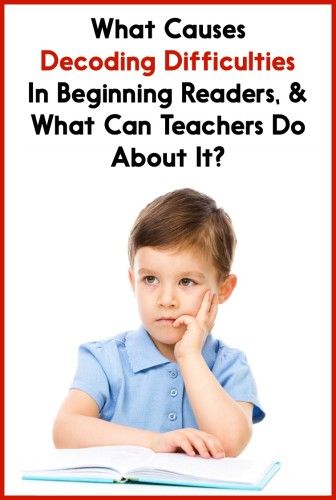
Methods for teaching reading
Most of the methods involve learning while playing, so that the child is not bored and learns knowledge better.
<
Zaitsev's Cubes
For more than twenty years, these cubes have been introducing children to letters and teaching how to form words and syllables. They allow you to understand how vowels and consonants, deaf and voiced sounds differ. There are 52 cubes in total, each of which depicts warehouses (combinations of a consonant and a vowel). The cubes vary in color and size, the large ones depict hard warehouses, while the small ones are soft. During classes, parents are encouraged to pronounce or sing warehouses so that the child remembers them better.
K Zaitsev's ubikiSource: moya-lyalyas.ru
Vyacheslav Voskobovich's "towers" and "folds"
windows. You can put cubes in them to make syllables. And from several towers you can make a word.
Voskobovich's "towers"Source: catalog-chess.
 ru
ru Skladushki is a book with pictures, educational rhymes and songs. Parents sing them and in parallel show the warehouses in the pictures. The author of the methodology claims that a child of six years old can be taught to read in a month using "folds".
A page from V. Voskobovich's "folds"
Doman's cards
This method of teaching a child to read is based on memorizing whole words, from simple to more complex. First, the child masters the first 15 cards, which the parent shows him for 1-2 seconds and pronounces the words on them. Then the child tries to memorize phrases. This technique helps not only to learn more words, but also develops memory well in general.
Doman cardsSource: friendly-life.ru/kartochki-domana-dlya-samyh-malenkih
Maria Montessori's method of teaching reading
The essence of the Montessori method is that the child is first asked to feel the writing of a letter, and then pronounce it.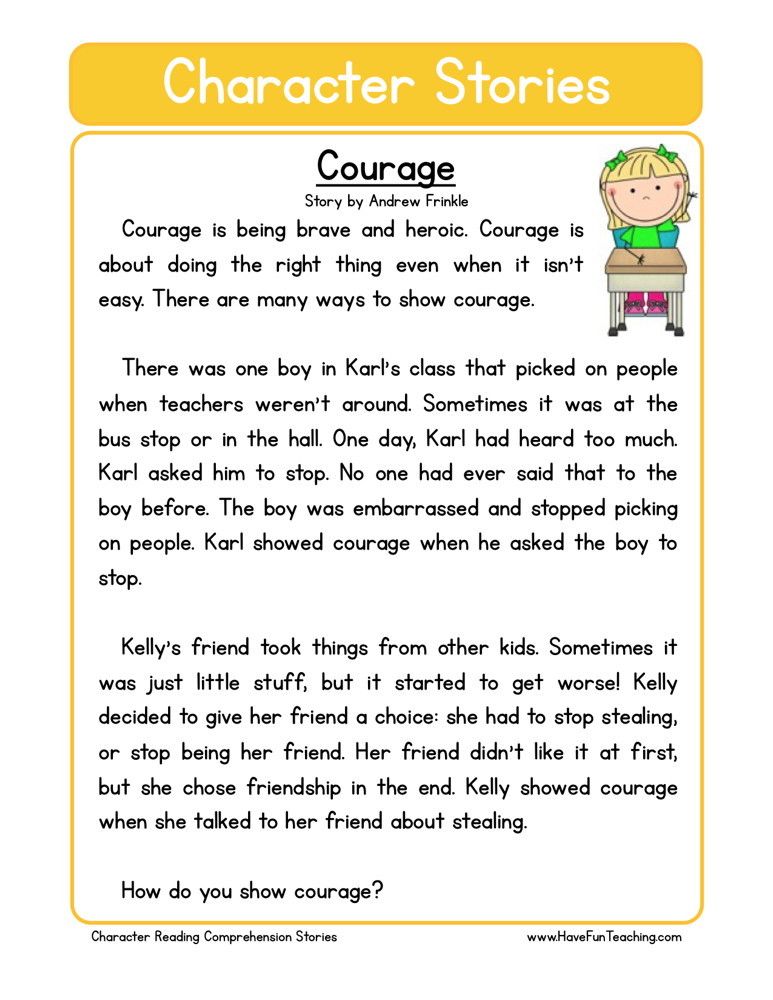 For this, didactic materials are used - cardboard plates with pasted letters, the outline of which the child traces with his finger, naming the sound. After studying consonants and vowels, you can move on to words and phrases. The Montessori method not only helps to learn to read, but also develops fine motor skills, logic, and the ability to analyze.
For this, didactic materials are used - cardboard plates with pasted letters, the outline of which the child traces with his finger, naming the sound. After studying consonants and vowels, you can move on to words and phrases. The Montessori method not only helps to learn to read, but also develops fine motor skills, logic, and the ability to analyze.
Source: hendmeid.guru
Olga Soboleva's technique
The author of this technique believes that you need to start learning not from the abstract alphabet, but immediately in practice - by analyzing simple texts. The Soboleva program allows you to teach a child to read from the age of five - at this age, children are already able to keep their attention on a line of text. Different approaches are offered depending on how it is easier for a child to perceive the world - by eye, by ear or by touch. In addition to reading skills, the technique develops interest in creativity, imagination, attention and memory.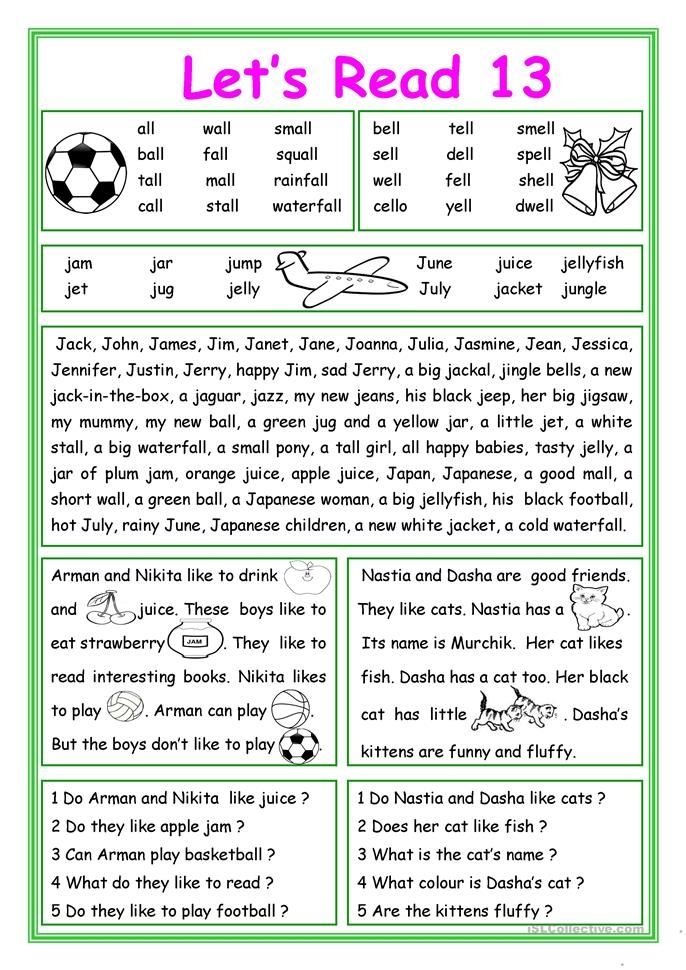
How to teach a child to read by syllables
Teaching a child to read by syllables should be done in stages. First, explain to him that sounds are vowels and consonants, deaf and voiced. Say them with the child - he must understand how they differ. Letters and sounds can be learned while walking: draw your child's attention to the letters on signs and announcements, and soon he will learn to recognize them.
When the child has mastered the letters and sounds, start teaching him to read simple words - "mom", "dad". Then move on to more complex ones - “grandmother”, “dog”, “apartment”. Show your child that syllables can be sung.
Syllabary for learning to read
Next, move on to word formation. You can cut cards with syllables and invite the child to make words out of them. When he gets comfortable, move on to reading short texts. It is better to start with two or three phrases, and a little later switch to texts of five to ten sentences.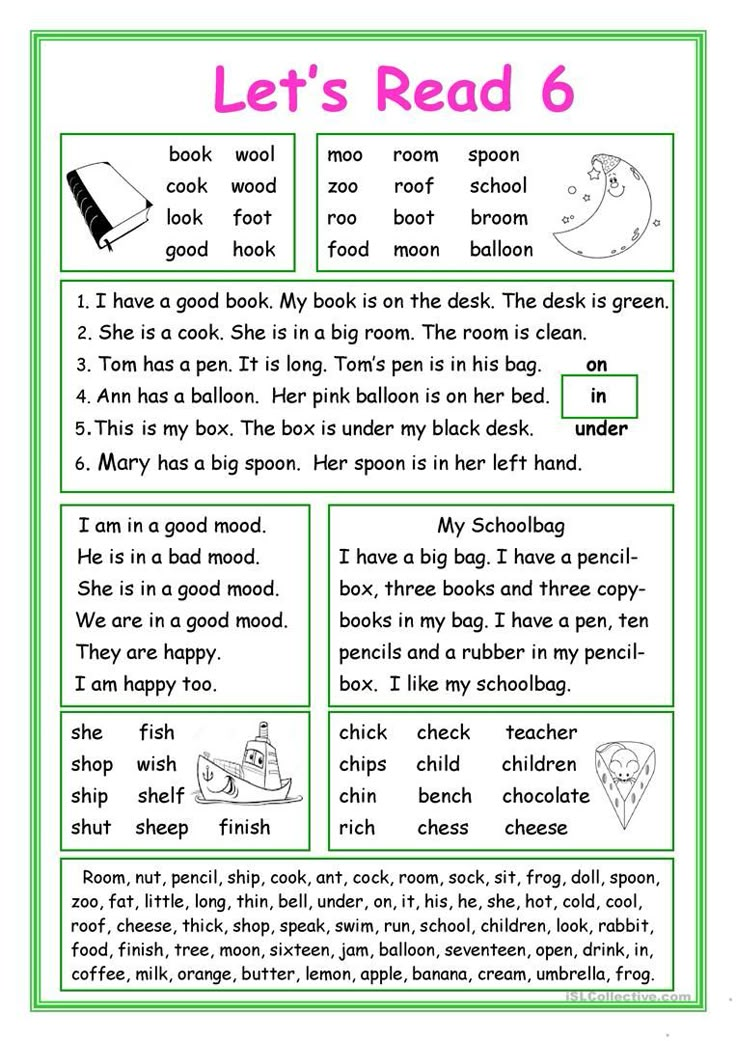
To enroll in Foxford Online Elementary School, a child must have at least basic reading, numeracy and writing skills. To check the readiness of the child for school, we offer to pass a small test that does not require special preparation.
Source: freepik.com
Exercises for learning to read
There are many exercises on the Internet that help children learn to read, you can print them out and start learning right away. Start with exercises that teach you to recognize letters and tell correct spellings from incorrect spellings.
From O. Zhukova's manual “Learning to read. Simple Exercises.Source: mishka-knizhka.ru
When the child gets used to the letters, move on to the exercises for syllables. For example, like this:
Geometric hint exercise. For greater clarity, blocks with words can be cut out.
Such exercises not only teach reading, but also develop logical thinking well:
Gradually move on to exercises where you need not only to read correctly, but also write words:
One of the most difficult and entertaining exercises is fillords: you need to find and cross out the words on the field of letters.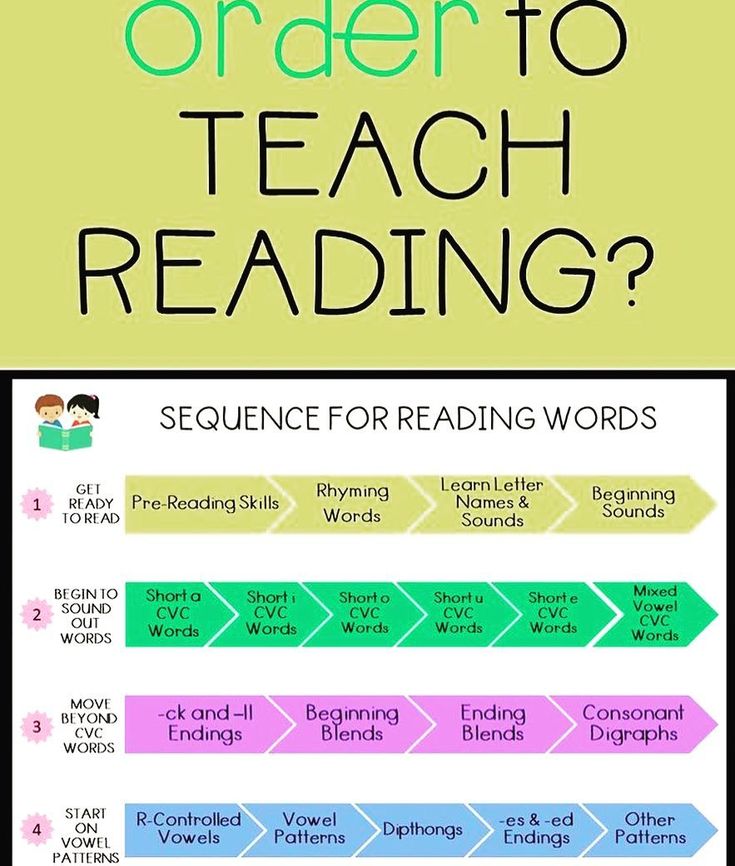
Games for learning to read
With the help of cubes or cards with letters and syllables, you can play different educational games with your child. Let's take a few examples.
Garages
Take a word of 3-4 syllables and place the cards in random order on the floor. Explain to the child how these syllables are read. These will be garages. Give the child different toys and offer to send them to the garage as you wish: for example, the car goes to the TA garage, the bear goes to the RA garage, the ball rolls to the KE garage, and so on. Make sure your child is positioning the toys correctly. At the end of the game, invite the child to make a word from garage syllables. Perhaps not the first time, but he will get a "ROCKET". Gradually introduce new syllables into the game.
<
Store
Lay out images of various goods on the table - this is a store, and you are a seller. Give your child a stack of cards with syllables - they will function as money.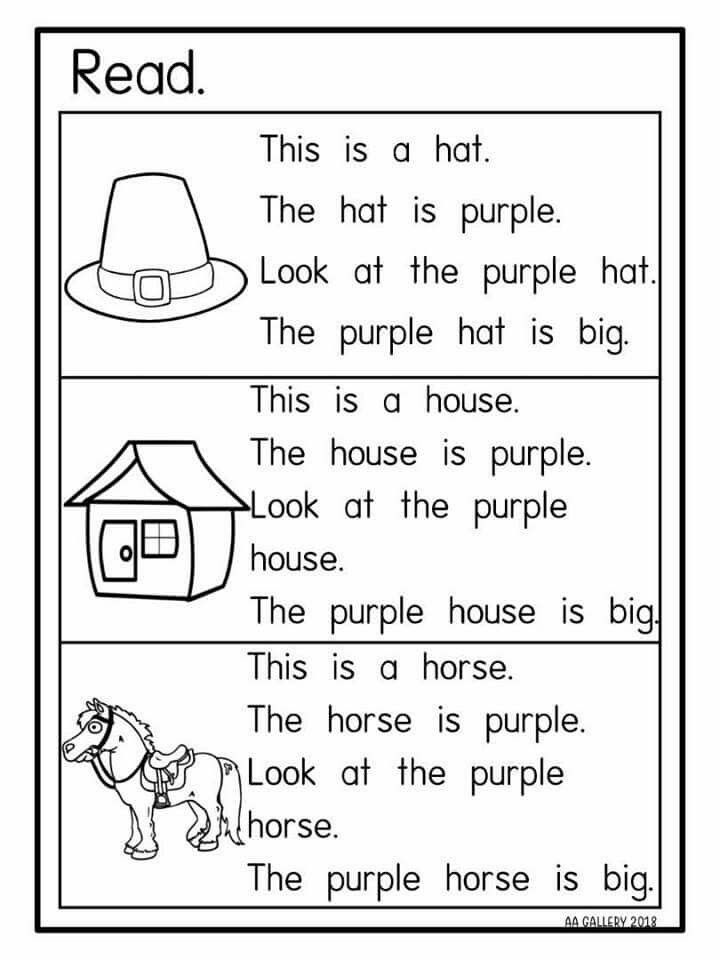 The child needs to buy all the items in the store, but each item is only sold for the syllable it starts with. For example, fish can only be bought for the syllable "RY", milk - for the syllable "MO", and so on. Give your child a few extra cards to make the task more difficult. When he gets used to it, change the conditions of the game: for example, sell goods not for the first, but for the last syllables. The game is both simple and complex: it will allow the child to understand that words are not always spelled the way they are pronounced. After all, a cow cannot be bought for the syllable "KA", for example.
The child needs to buy all the items in the store, but each item is only sold for the syllable it starts with. For example, fish can only be bought for the syllable "RY", milk - for the syllable "MO", and so on. Give your child a few extra cards to make the task more difficult. When he gets used to it, change the conditions of the game: for example, sell goods not for the first, but for the last syllables. The game is both simple and complex: it will allow the child to understand that words are not always spelled the way they are pronounced. After all, a cow cannot be bought for the syllable "KA", for example.
Lotto
Game for several people. Give the children several cards with syllables. Take out the cubes with syllables one by one from the box and announce them. Whoever has a card with such a syllable - he takes it. The first person to complete all the cards wins. During the game, children will accurately remember the syllables that they had on their hands.
Summary
Finally, a few more tips on how to teach a child to read:
- It is better to start teaching children to read by memorizing letters.
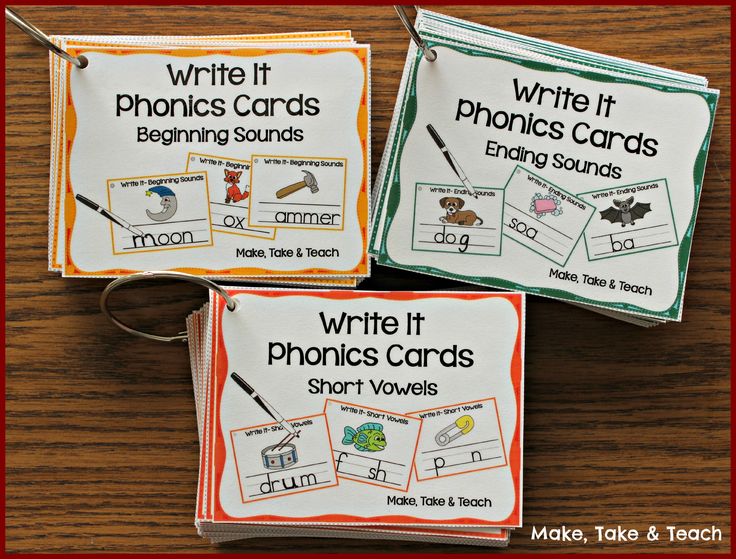 It is important that the child can recognize and name them without hesitation.
It is important that the child can recognize and name them without hesitation. - In the early stages, pronounce the consonants as they are read in words: not [em], [el], [de], but [m], [l], [d] - this way it will be easier for the child to find his bearings.
- Sculpt letters from plasticine, draw and color, buy an alphabet with voice acting - use all the channels of the child's perception.
- Gradually build letters into syllables and then into words. Play rearranging letters and syllables, let the child experiment.
- Teach your child rhymes about the letters of the alphabet, look at the primer, use cards with letters and pictures. Thanks to the illustrations, the child will be able to memorize the symbols faster.
- Distribute the load: fifteen minutes a day is better than an hour twice a week. Alternate entertaining and serious tasks.
- You can hang signs with their names on objects in the child's room - the child will quickly learn to recognize them in texts.
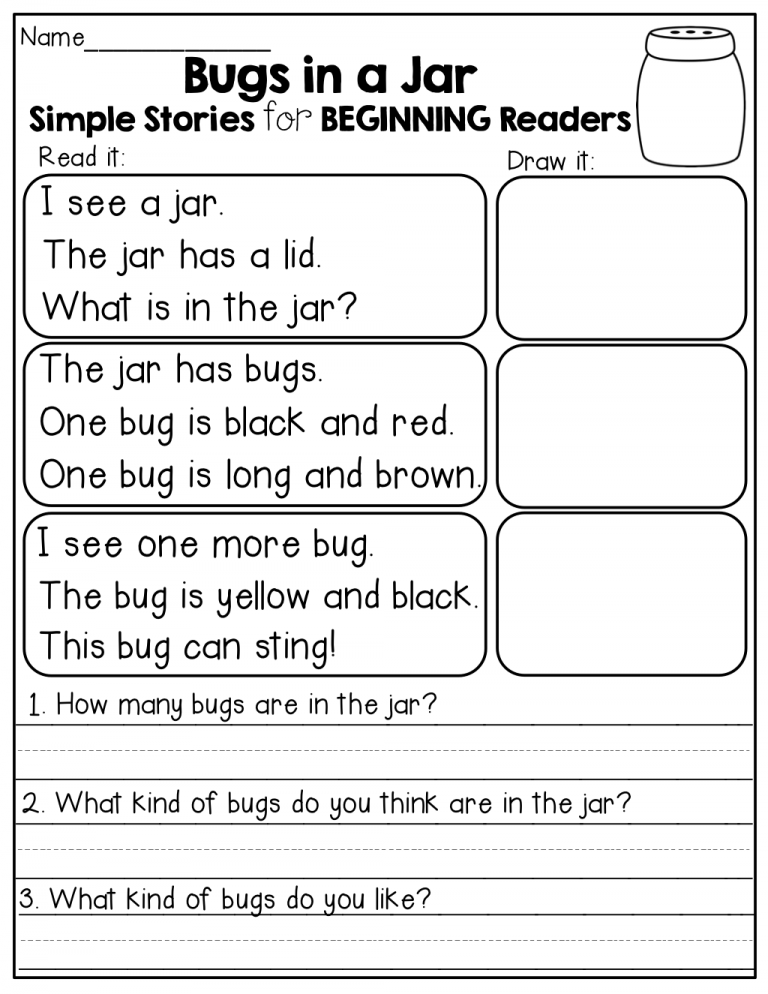
- Read aloud regularly to your child and gradually introduce them to independent reading. Every evening, offer to read at least a few lines from a well-known book on your own.
- Lead by example. For a child to want to learn to read, he must regularly see you with a book.
We hope that our recommendations will help you teach your preschooler to read. Even if your child is just learning to read, at Foxford Elementary School he will be able to improve his skills.
How to teach to read, or a brief overview of methods of teaching reading
How to teach a child to read? How to make this process fun and interesting? What is the best age to start learning to read? These and many other similar questions concern modern parents.
I am glad that the question “How to get a child to read?” is a thing of the past.
Modern society is inclined to ensure that any "learning" becomes voluntary, the task of the teacher and parent is to motivate for some new action, to make the learning process such that the child himself wants to learn.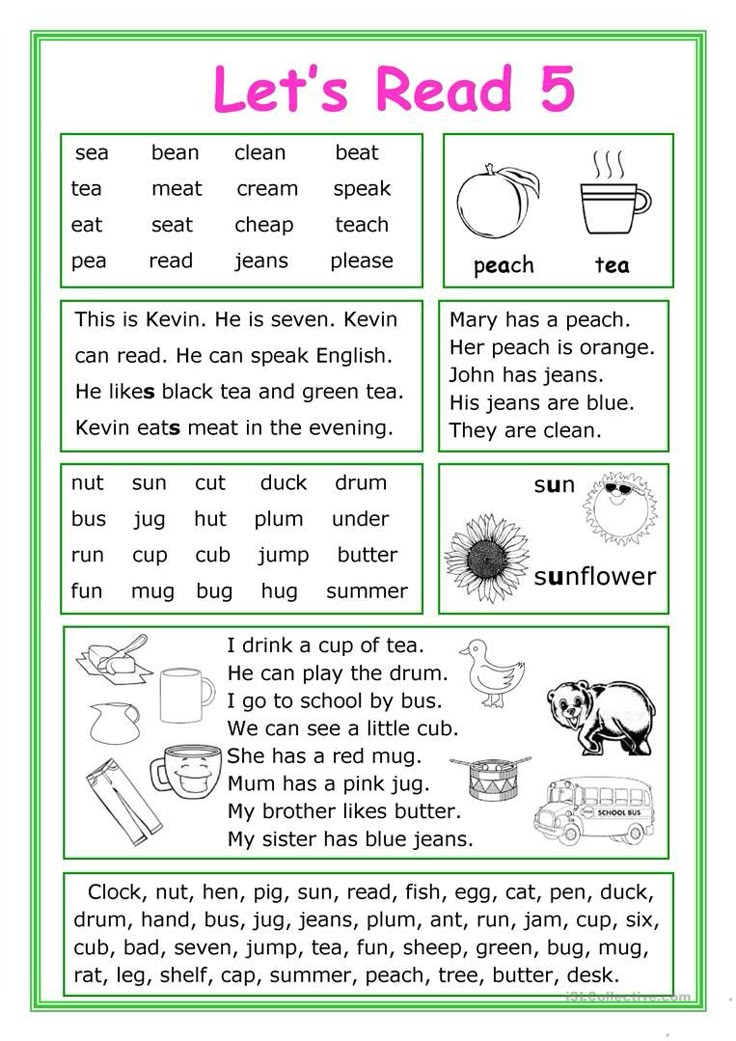
Learning to read is an important topic for parents of preschoolers. So how do you make this process fun and literate?
Many parents begin to teach reading "on a whim", which sometimes leads to sad results: either the child loses the desire to learn to read, or when entering grade 1, a small student has problems in mastering some topics related to the spelling and pronunciation of words. Sometimes the two problems go hand in hand.
You might be interested in the online conference “Reading. Motivation. Children”
So, in order to avoid mistakes, here are some of the most common methods of teaching reading.
It is worth considering that when writing an article I rely on a purely personal perception of methods and personal experience as a primary school teacher.
Many are familiar from the school curriculum.
Based on phonetics - teaching the pronunciation of letters and sounds.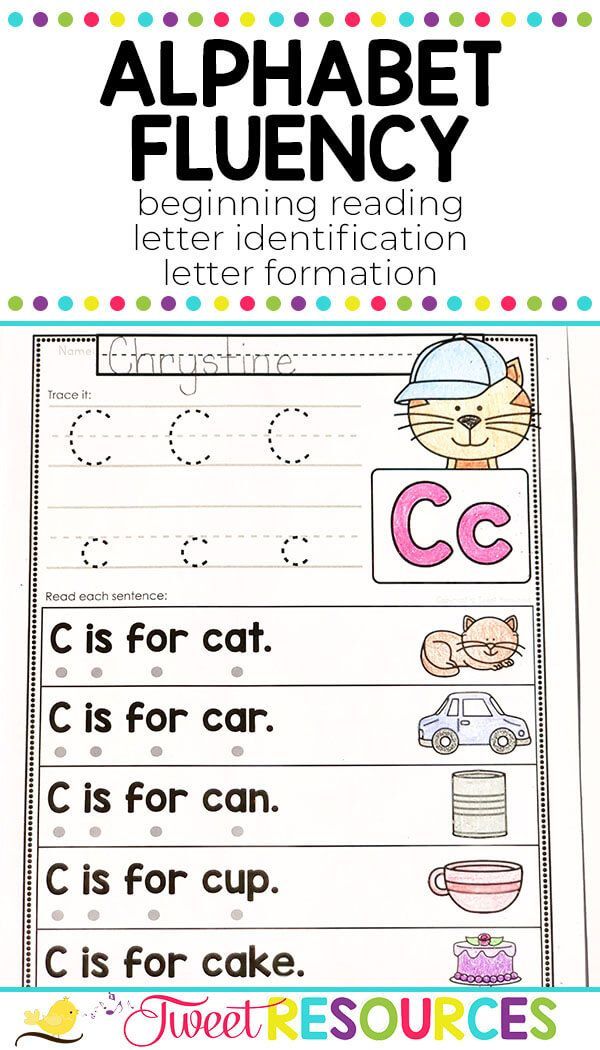 This is a sound, or otherwise, a phonetic method that develops a child's phonemic hearing, allows you to hear and highlight sounds in words. This technique does not require a lot of expensive educational didactic material in the form of cards, diagrams, notebooks.
This is a sound, or otherwise, a phonetic method that develops a child's phonemic hearing, allows you to hear and highlight sounds in words. This technique does not require a lot of expensive educational didactic material in the form of cards, diagrams, notebooks.
There are plenty of games and exercises to help your child learn to isolate sounds from speech while playing on the go.
The basis of the traditional way of teaching reading is, first of all, acquaintance with sound, learning to distinguish it at the beginning, middle, end of a word, and only then acquaintance with its lettering in writing.
Parents often make a common mistake: they buy bright cubes that speak alphabets, manuals, where a certain image is assigned to a specific letter (A-Watermelon, H-Teapot, etc.) The child remembers the image-letter, but it is difficult for him to read the word , because it is necessary to carry out analytical work, which is still beyond the strength of a preschooler.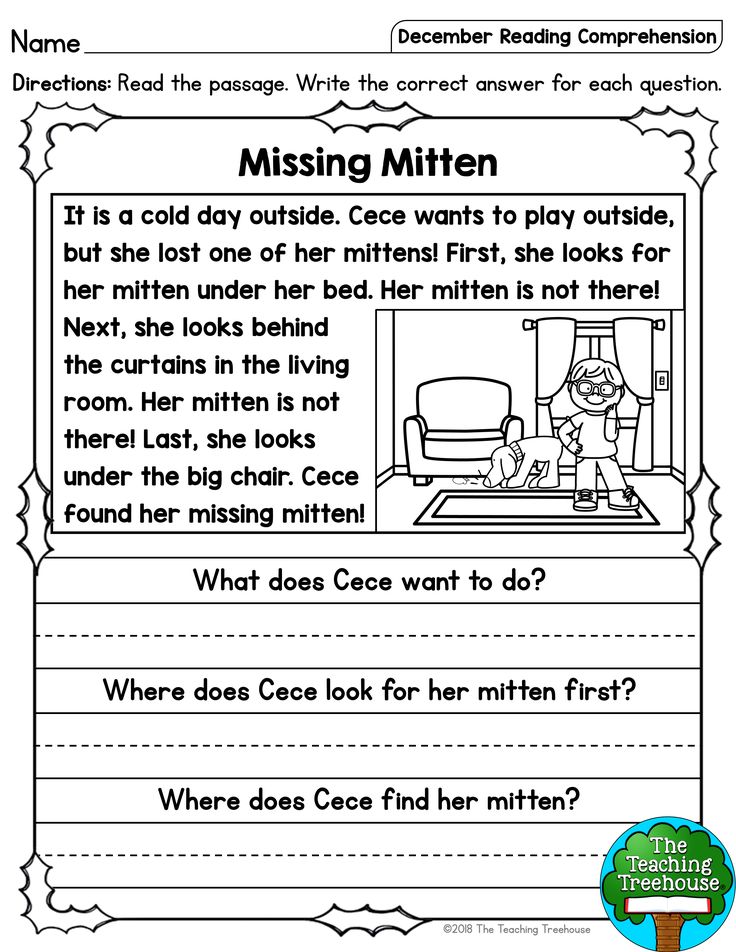
It's good when parents comment on learning and teach a child to single out individual sounds in words, they conduct a syllable-sound analysis of words. Let's summarize: the sound method of teaching reading begins with an acquaintance with the sound, proceeds to the image of this sound in writing, and as a fixation, the correct correlation of sounds and letters. Training involves learning to read on the basis of warehouses. The only negative that can “emerge” in elementary school is that the topic of studying the composition of a word is difficult to be given in the future. are not learned, their style is remembered in the game. All cubes differ in size, color and sound that they make so that the child in the learning process can feel the difference between a consonant and a vowel, hard and deaf, voiced and soft. So, a wonderful method for teaching reading to individuals or in small groups. And, it is worth noting, a parent who has decided to deal with a child using this method should still understand well that learning should take place through a game, and not through the usual connection of cubes. It is clear that at home it is difficult to do, as it requires certain financial costs and laborious work on the production of didactic material, but for those who wish to send their child to Montessori groups, a few words about learning to read according to this program This is probably the only method in which the material is distributed for kinesthetics, auditory and visual learners separately, since the principle of learning is based on the "two-hemispheric" work of the brain. The associative method of memorizing both individual letters and rules, exercises is used - everything is learned jokingly, playing. For example, at the initial stage, a letter can be laid out from buttons, molded - an excellent job for kinesthetics; with a letter, you can make a small couplet - why not a memory for audials? H and in my opinion, this system of education is perfect for creative children and parents, teachers, but it will be meaningless for those who prefer a strict structure, logic. It is based on the traditional method, but with original features. Of course, these are not all methods of teaching reading, one could also mention the system of Doman and Sergey Polyakov, do not forget the method of Pavel Tyulenev, however, all the principles of teaching come down to single rules, which, I allow myself to be combined into the following code:
Sometimes I hear the opinion that this technique is boring, requires rote memorization, evokes boredom. Ready to argue.
There are a lot of tricks when boring reading columns of syllables "pro, pra, pru" turns into an exciting game: 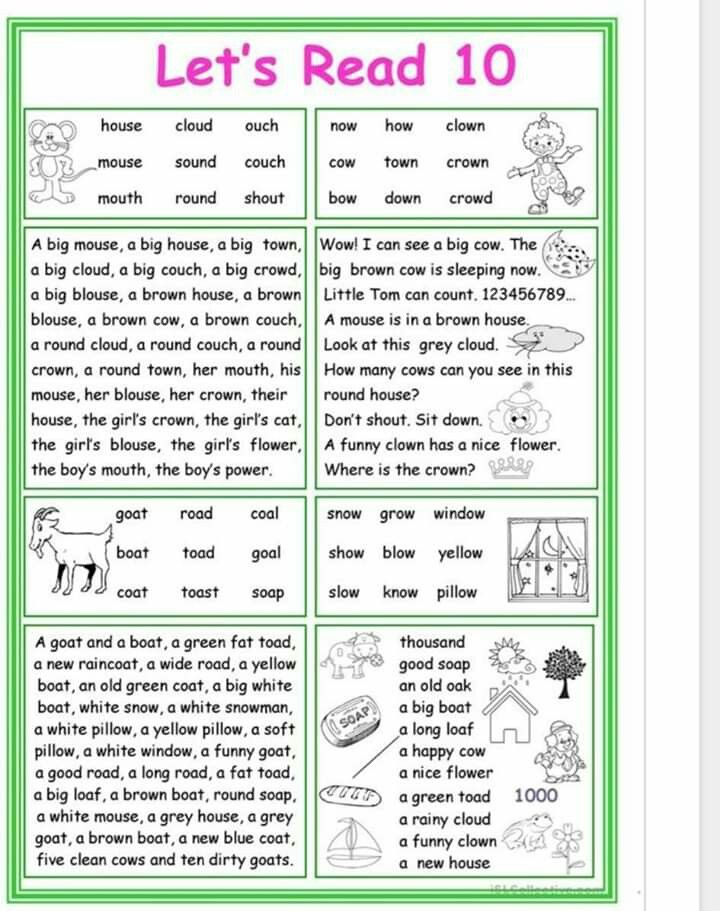 A warehouse is a pair of a consonant and a vowel, or a consonant and a hard or soft sign. Or one letter. With the help of this technique, reading and the logic of building words are quickly assimilated, there are many fun and outdoor games, there is no binding to a specific age
A warehouse is a pair of a consonant and a vowel, or a consonant and a hard or soft sign. Or one letter. With the help of this technique, reading and the logic of building words are quickly assimilated, there are many fun and outdoor games, there is no binding to a specific age 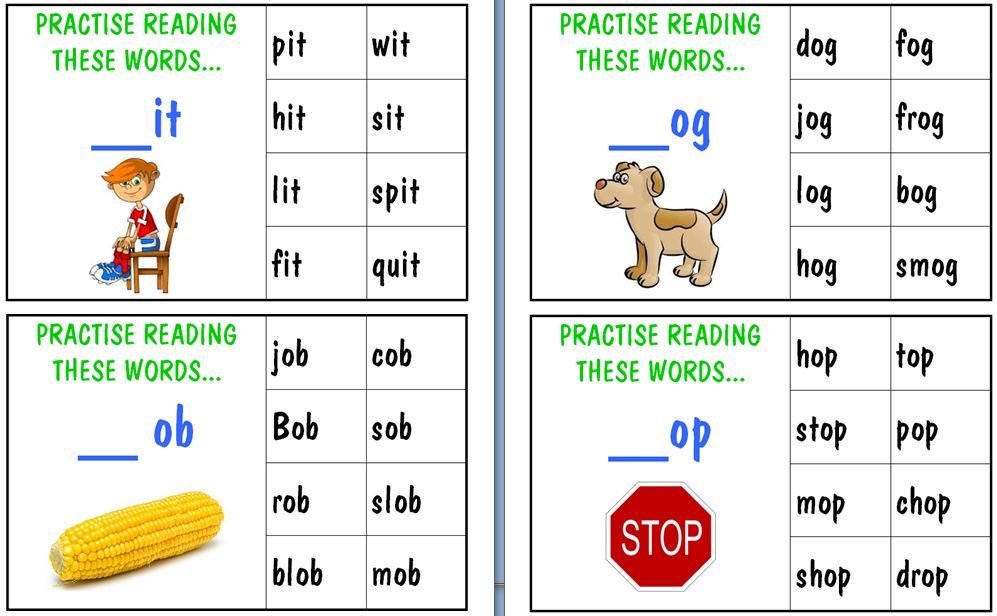
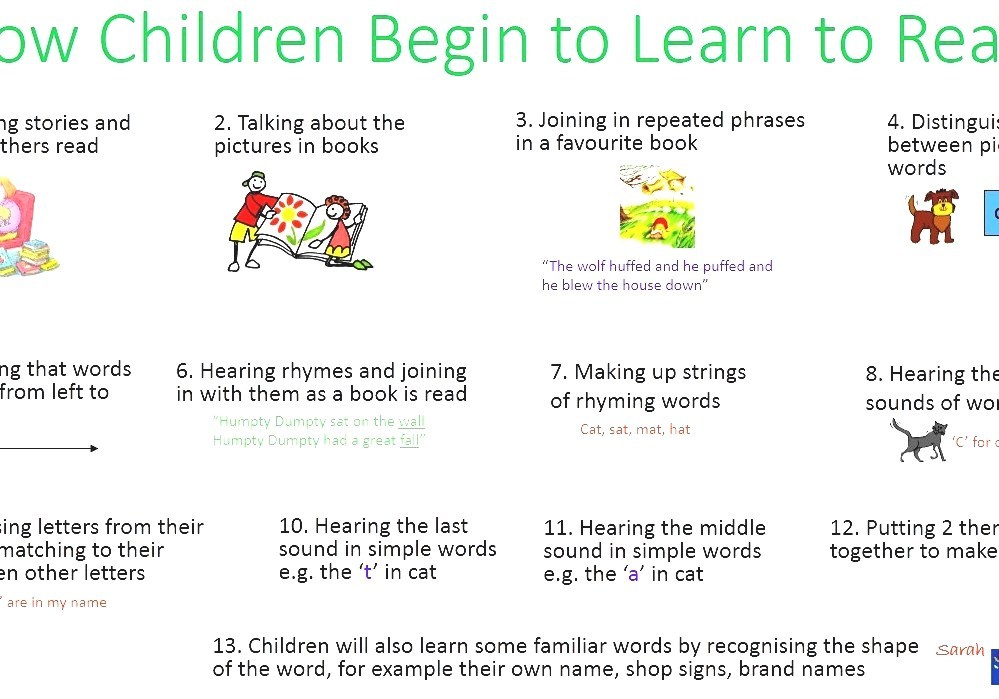
As in most methods, this one is based on the game.
Due to the associative series, the vocabulary is expanding, imagination and logic are developing.
And what about turning a letter into a fantastic image - this visual technique will surely appreciate it.
Many teaching methods in teaching reading in the classroom, of course, many teachers impose on the traditional methodology to develop cognitive interest. 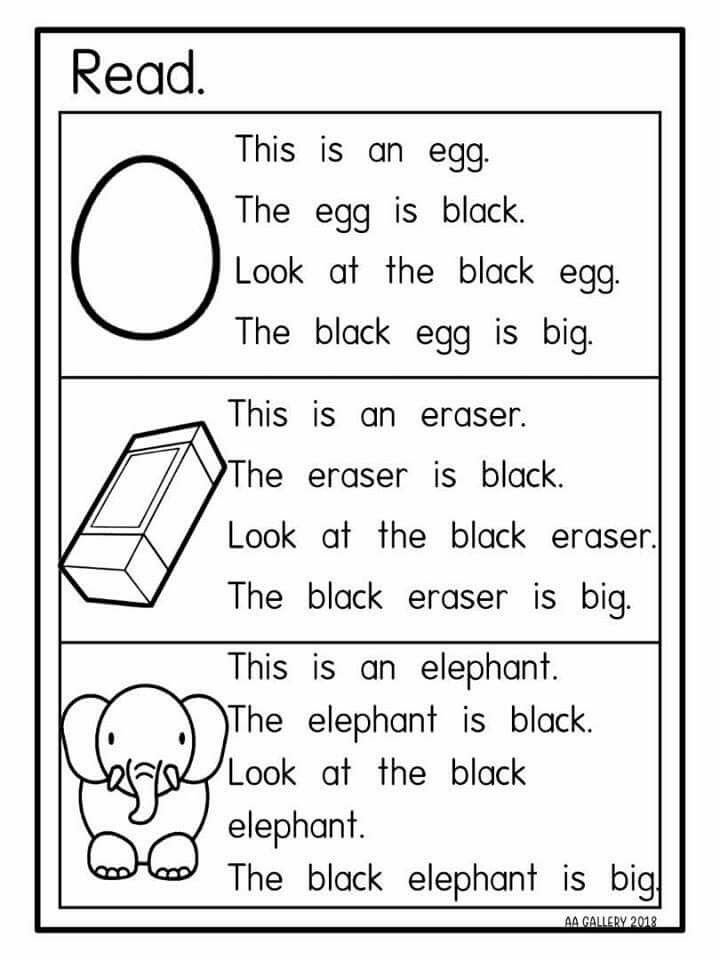 For this system, only a textbook developed by a teacher is needed, which makes the learning process accessible to everyone.
For this system, only a textbook developed by a teacher is needed, which makes the learning process accessible to everyone.
The main task of the primer is to teach the child to merge letters into syllables, and to form words from syllables. Sufficiently the same type of work throughout the entire training, which can cause denial in the child, since the sign system is still poorly perceived for him. According to the author, in speech activity, it is easier for a child to single out a syllable than a sound in a spoken word - this is what training is built on.

Learn more

